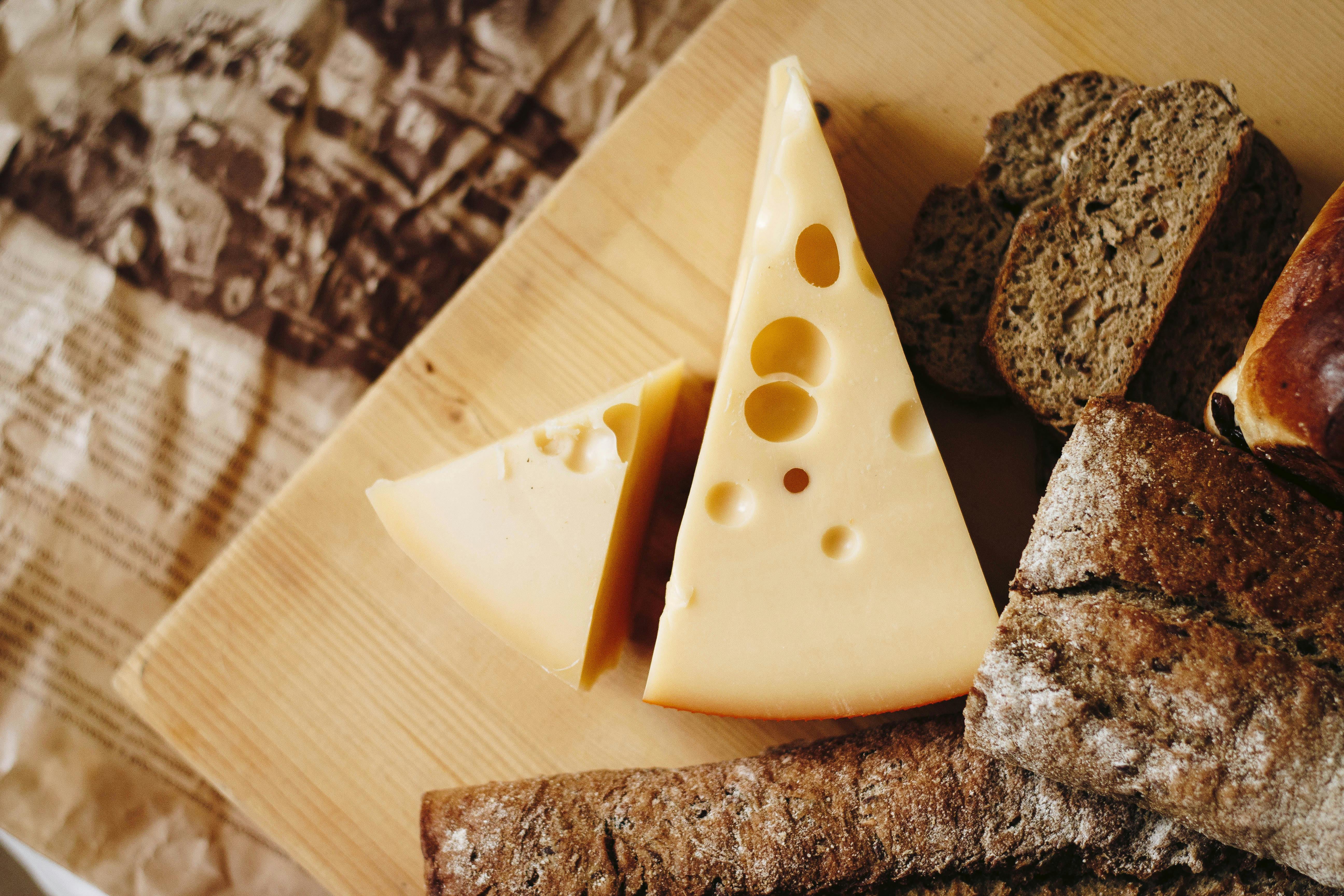A Dive into the World of Artisanal Cheeses: Tasting, Pairing, and Creating
From the lush green pastures of France to the rugged landscapes of the Swiss Alps, every corner of the globe has its unique spin on cheese. Today, we'll journey into the world of artisanal cheeses, exploring their rich flavors, fascinating creation processes, and perfect pairings.

An Introduction to Artisanal Cheeses
Artisanal cheeses are special. These aren’t your average supermarket finds. They’re handcrafted by skilled cheese-makers who use traditional methods and recipes passed down through generations. Unlike mass-produced cheeses, artisanal varieties are made in small batches, often using milk from the cheese-maker’s own herd. This results in a diverse array of flavors and textures, each cheese telling its own unique story.
The Flavor Profiles of Artisanal Cheeses
Artisanal cheeses can be soft, hard, creamy, crumbly, mild, or pungent. For instance, the French Camembert, with its creamy texture and earthy flavor, contrasts sharply with the firm, salty Spanish Manchego. Exploring these cheeses means embarking on a sensory journey, discovering a symphony of flavors and textures with each bite.
The Art of Cheese-Making
Making artisanal cheese is a labor of love. It begins with quality milk, often sourced from the cheese-maker’s own animals. The milk is then warmed, and cultures and rennet are added to start the curdling process. The curds are cut, drained, and pressed, then aged to develop their flavors. The length and conditions of aging can significantly influence a cheese’s final taste and texture.
Pairing Artisanal Cheeses
A well-paired cheese can elevate a simple meal into a gourmet experience. For example, a tangy goat cheese can beautifully complement the sweetness of a crisp apple. Similarly, a robust blue cheese pairs well with honey, the sweetness balancing the cheese’s assertive flavor. Experimenting with pairings is a fun and delicious way to enhance your culinary repertoire.
The Future of Artisanal Cheeses
Artisanal cheese-making is more than just a culinary tradition; it’s a way of life. Despite the challenges posed by industrialization and mass-production, the future looks bright for artisanal cheeses. As consumers become more interested in locally-sourced, high-quality foods, the demand for artisanal cheeses is increasing.
For your cheese tasting journey:
- Age Matters: The flavor and texture of cheese change as it ages. Young cheeses are often mild and creamy, while aged cheeses develop a firmer texture and more complex flavors.
- Serve at Room Temperature: To fully appreciate the flavors of an artisanal cheese, remove it from the fridge about an hour before serving.
- Pair with Wine: Wine and cheese are a match made in culinary heaven. Try pairing a creamy Brie with a light, crisp Chardonnay or a rich, aged Gouda with a full-bodied red like Cabernet Sauvignon.
- Experiment with Pairings: Beyond wine, try pairing artisanal cheeses with fruits, nuts, honey, or even chocolate. The possibilities are endless!
In conclusion, the world of artisanal cheeses is rich and diverse, offering a treasure trove of flavors to explore. Whether you’re a seasoned cheese connoisseur or a curious beginner, diving into this world can be a rewarding and delicious adventure. So next time you’re at the grocery store, skip the pre-packaged cheeses and reach for the artisanal selection. You might just discover your new favorite!




